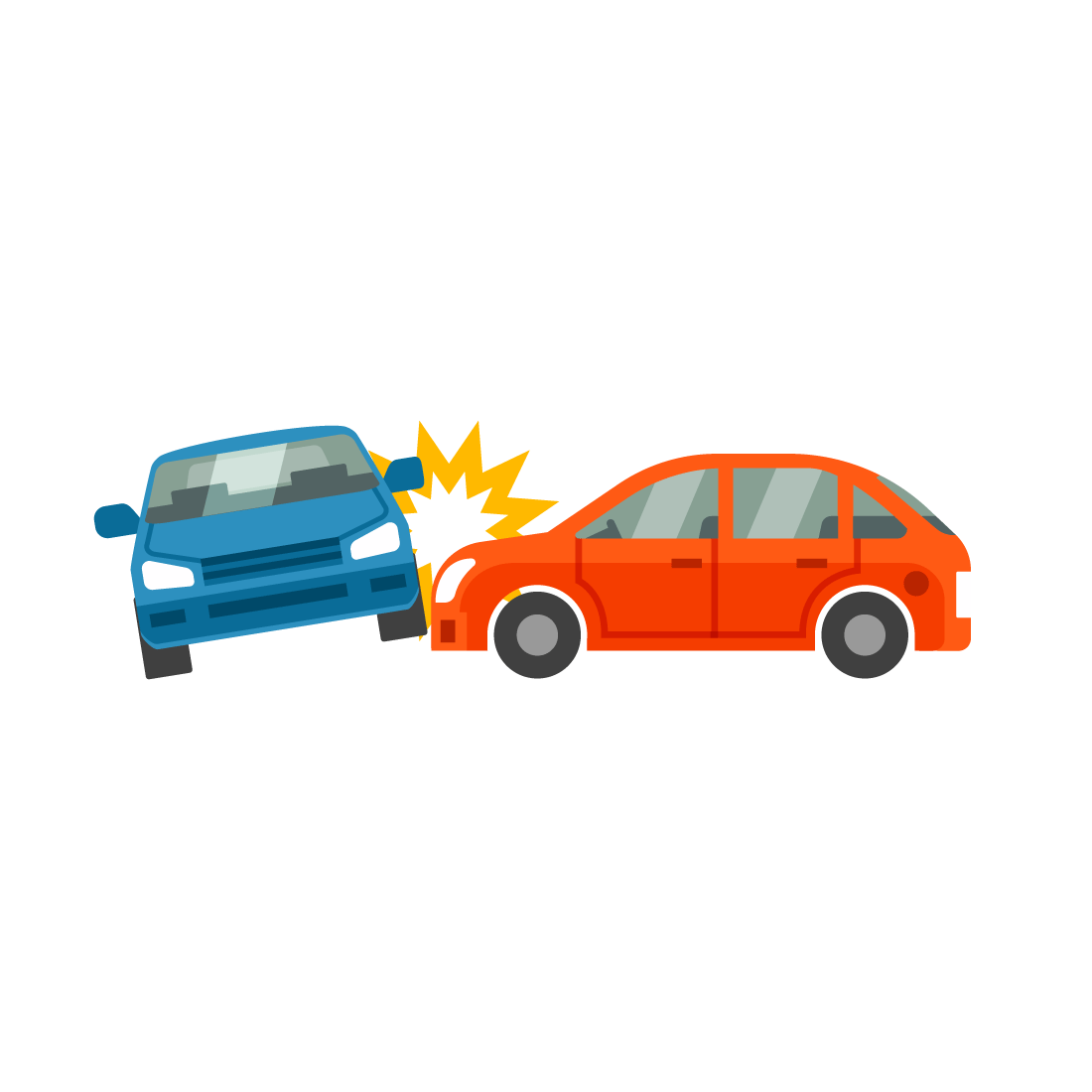Investigating Road Features
Investigating the type of road on which an accident occurs may provide insights into how road design impacts safety. To look into this, three components of roads will be examined: speed limit, curvature, and number of lanes. First, a breakdown of the number of fatal accidents occurring under different circumstances of each of these three conditions individually will be considered and visualized in Figures 8, 9, and 10. Then, the three individual components will be combined to understand their interactive impacts on fatal car accidents. This will be visualized in Figure 11.
on roads with different ranges of speed limits during the years of 2000-2019.
In the three figures above, a better understanding of the distribution of fatal car accidents across varying road conditions is understood. Figure 8 shows that the majority of fatal car accidents occurred on roads with speed limits of 50-65 mph. Then, Figure 9 indicates that the majority of fatal accidents occurred on straight roads as compared with curved roads. Finally, Figure 10 shows that the majority of fatal accidents occurred on roads with two lanes. One thing to note about all three of these observations is that they may not be a direct indication that these are the "most dangerous" types of roads. This is because it must be taken into account that, for example, there are simply more roads with speed limits of 50-65 mph than roads with other speeds. Therefore, to more accurately define which road are the "most dangerous", further research would need to be done to collect data on the total number of roads in the United States with each of these metrics. Then, the number of fatal car accidents given each metric could be normalized by these total numbers. Despite this need for normalization for certain conclusions, understanding the magnitude of fatal accidents given these different road types provides insight into the fact that clearly road conditions do seem to impact driving safety.
Next, the three roadway conditions will be combined into a single sunburst chart to understand their interactions and combinations in regard to number of fatal car accidents. This chart, shown in Figure 11, shows three concentric circles. The inner circle first breaks down the fatal car accidents by their posted speed limit. Then, within each speed limit group, the data is broken down by road curvature (straight or curved). Finally, each speed-curve relation is further broken down into the number of lanes of the road. The viewer may examine all three road factors together, or may click on different components to visualize a better breakdown of a specific combination of conditions.
Figure 11 shows that the majority of accidents appear to occur on straight, two-lane roads with posted speed limits of 50-65. As mentioned above, this must be taken with a grain of salt in regards to making conclusions due to the lack of normalization based on number of total roads given each condition-combination. Regardless, observations can be made regarding total magnitudes of fatal accidents given each speed-curvature-lane number road condition. Roadway transportation engineers can examine these breakouts and combinations of road conditions and apply the results to future studies on how to improve roadway safety.



